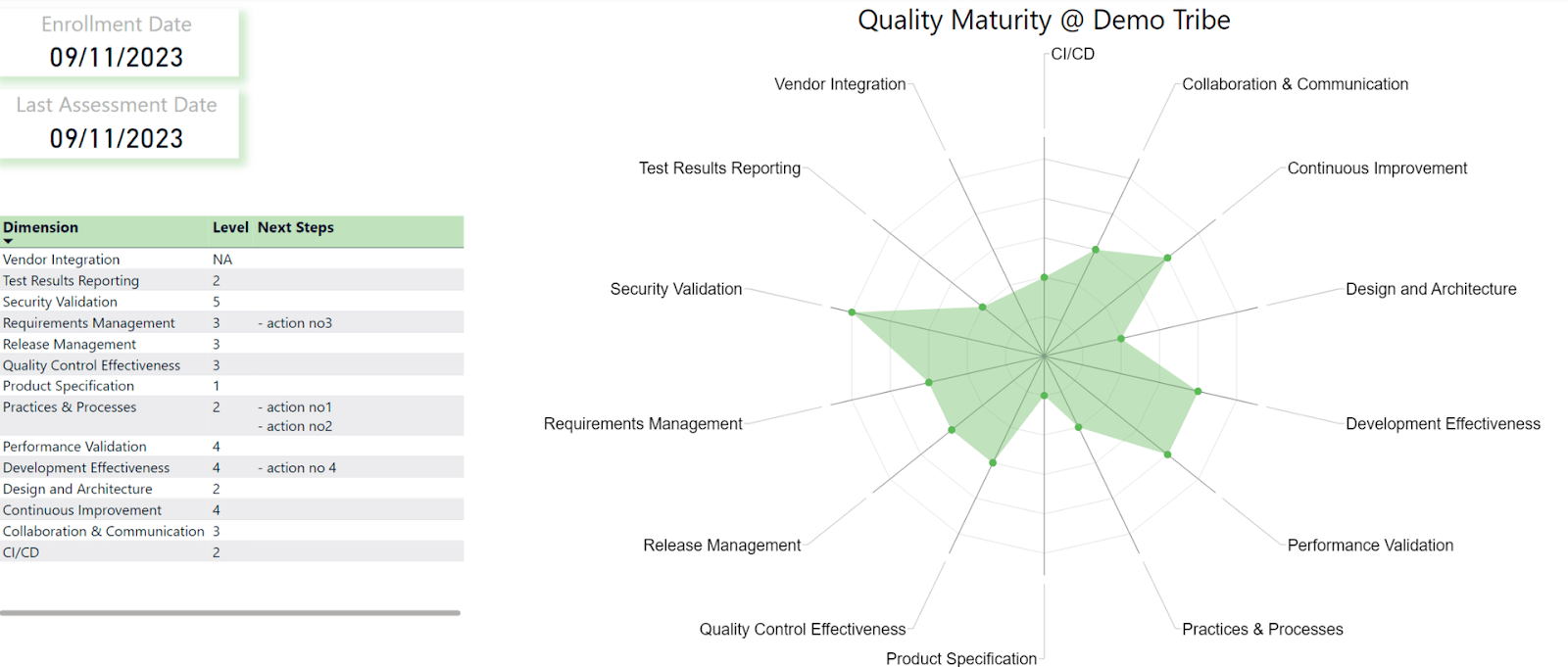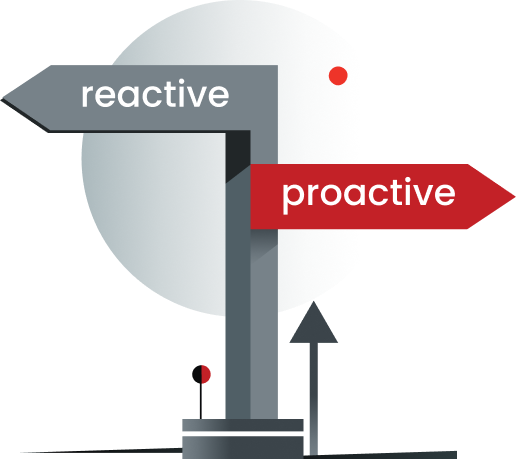Overview
This model does not apply to product experimentation, which prioritizes rapid idea validation and demonstration without a focus on quality.
What the quality maturity model is?
It is a peer-reviewed and evidence-based tool designed to assess, guide, and enhance project's capability to build and deliver high-quality software products effectively and efficiently. This model is specifically designed to fit into our organizational culture and process, aligning with the unique needs and goals of IO's projects and organization.
This model is more than just a tool. It's a catalyst for meaningful conversations, improved collaboration, and unified objectives across the organization.
Why is this model important?
In the fast-evolving software industry, it is critical to stay ahead of the curve. This model cultivates resilience and adaptability, promoting a culture of continuous improvement.
By analyzing IO's software development practices, the model helps streamline processes and identify and visualize the company's strengths, weaknesses, and opportunities. This increases our ability to deliver quality software and products while reducing risks.
For projects starting their software development journey, it prevents the accumulation of unnecessary complexities and technical debt, fostering clarity and simplicity. Early adoption establishes a shared language and solid foundation, crucial for collective growth and success.
The model is an essential tool that offers guidance for achieving our ultimate goal: continuous, measurable, and evidence-based improvement.
Dimensions and levels

Think of our software quality maturity model as a multi-faceted radar chart. Each facet, or dimension, represents a critical area of team's capability to build quality software at speed. Each dimension is divided into five levels, ranging from 1 to 5, with level 1 being the basic understanding and level 5 signifying mastery.
Evaluating projects across multiple dimensions enables us to identify improvement opportunities, implement solutions, and monitor their impact.
In terms of levels within each dimension, it's important to understand the nuanced distinctions that guide a project's maturity journey:
- Level 1: the starting point is often ad-hoc and reactive. It's where the project begins, but not where it wants to stay.
- Level 2: an intermediate point, a checkpoint proving the project is on the desired path.
- Level 3: the baseline. Core operations with a clear understanding and adherence to practices and processes are in place.
- Level 4: introduces the power of data, enabling better, data-based decisions based on relevant metrics.
- Level 5: the project is not just following practices. Rather, it's continuously improving, learning from data and experience to continuously refine the approach. This implies early problem detection and prevention, ensuring potential challenges are addressed even before they surface.

This tiered model provides a clear roadmap for continuous improvement, enabling projects and organizations to set goals, assess effectiveness, and adapt proactively.
Why a radar chart?
The radar chart was specifically chosen for our software quality maturity model to provide a clear and intuitive visualization of multiple dimensions of software quality maturity across teams and projects.
- Holistic view: the radar chart displays multiple dimensions simultaneously, granting everyone an immediate and holistic view of the project's strengths, weaknesses, and opportunities.
- Customized approach: each project's profile on the radar chart is distinct. It reflects their unique journey, challenges, and achievements, making it clear that the focus is on individual growth and not competitive comparison.
- Encourages inward reflection: by avoiding a format that naturally lends itself to a side-by-side comparison, projects are encouraged to focus on their own development paths. The goal is continuous self-improvement rather than outperforming others.
- Clear progress over time: as projects progress through the 5 levels of each dimension, it becomes visually apparent on the radar chart. This provides a tangible sense of achievement and direction.
- Encourages individualized action plans: since the radar chart clearly pinpoints areas of strength and areas requiring attention, projects can create targeted action plans tailored to their specific needs.